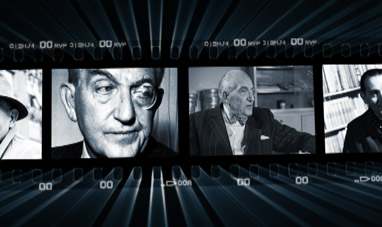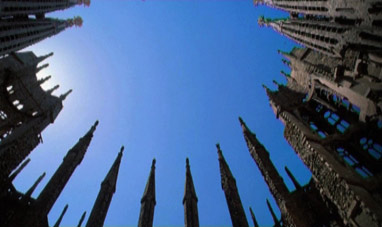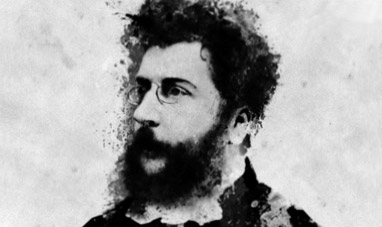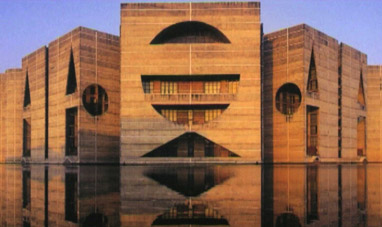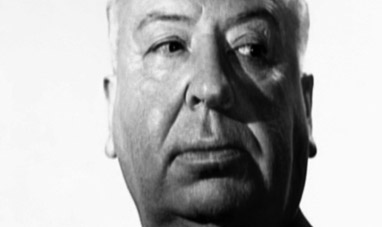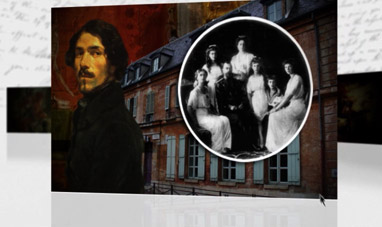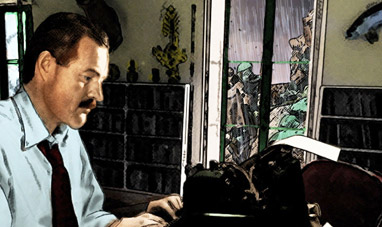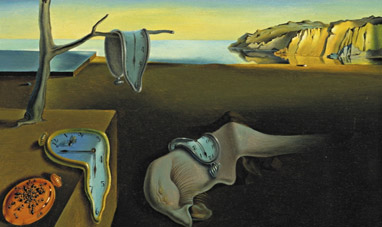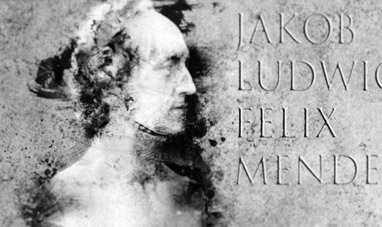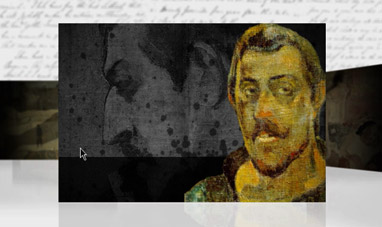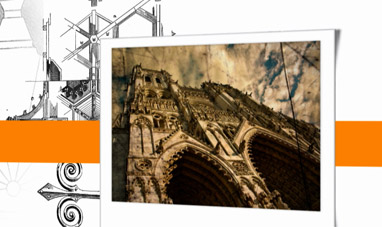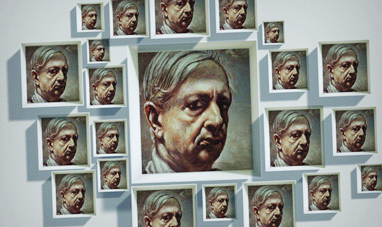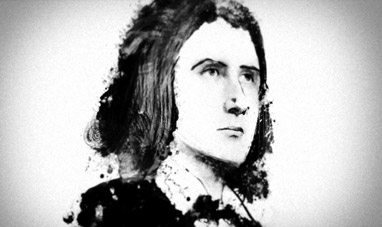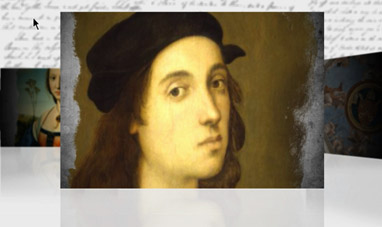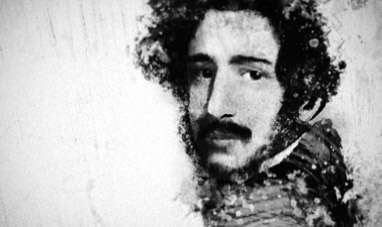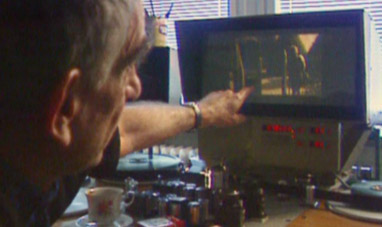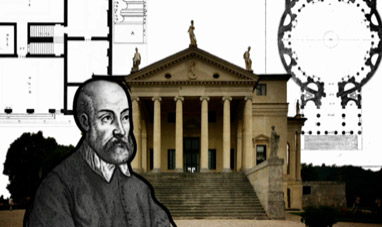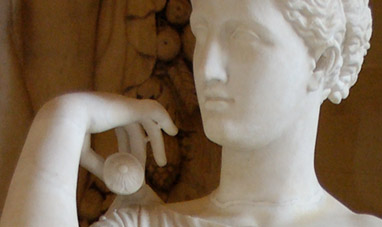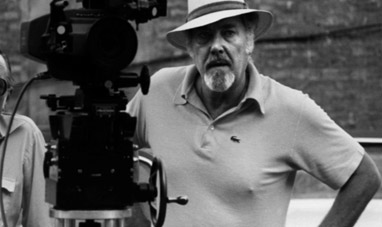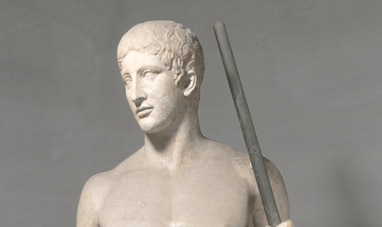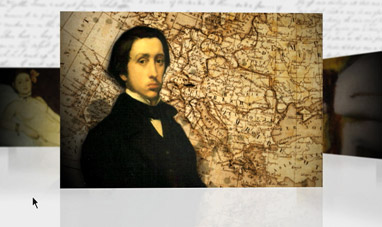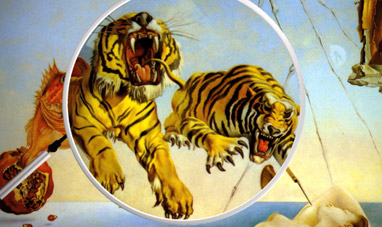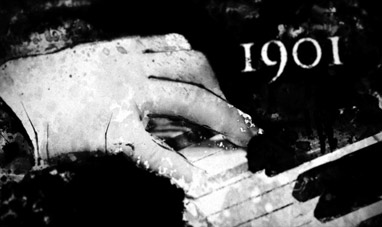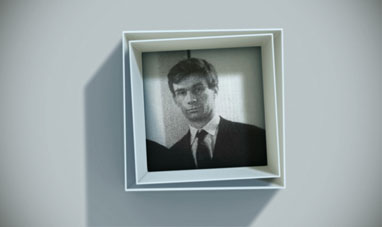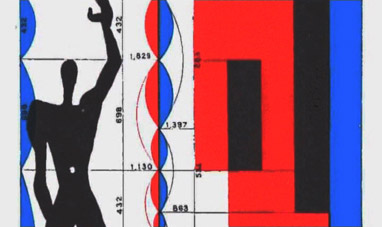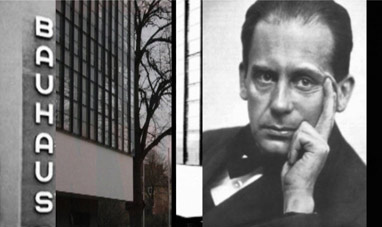Nineteenth-century French Painter Paul Cézanne is considered one of the fathers of modern art. He was born into a wealthy family in Aix-en-Provence on January 19, 1839. Although he was supposed become a banker like his father, Cézanne decided to dedicate himself to painting instead. In 1861 he began to spend time in Paris, where he studied masterpieces in the Louvre and was exposed to cultural trends prominent at the time. He attended the Académie Suisse, making important connections with artists and intellectuals. But ultimately Cézanne chose his own path, elaborating his own individual style of painting.
Paintings from his first phase display a realistic style characterized by dark colors, vigorous shapes and extremely dense textures. One of the masterpieces from this phase is The Black Clock. During the early 1870s, Cézanne became close to impressionist painters, and Camille Pissaro in particular. Influenced by their rarefied style of painting, based on the effects of light, Cézanne started to paint outdoors; he lightened his colors and applied paint with small brushstrokes. The results are visible in Hanged Man’s House (1873), which was exhibited in Paris in 1874 at the impressionists’ first show.
But Cézanne’s investigations soon took his art in an entirely different direction. Interested in the structure of things and the eternal and immutable values of form, Cézanne built solid geometries, concentrating on composition and investigating each painting’s dimensions. As he himself affirmed, he intended “to treat nature according to the cone, the cylinder, the sphere, putting everything into perspective.”
Starting at the end of the 1870s, Cézanne began applying this concept to a series of recurring subjects. The still life was particularly suited to his patient analysis of space and perspective. But he applied the same concept to the human body as well.
Among the works he concentrated on was his series of bathers. Outlined by sharp contours, the bodies mesh perfectly with their environment thanks to the careful study of their poses, which maintain the inclination of the trees. The touches of blue-green color on the naked bodies recall the tones of the surrounding landscape.
The last series was dedicated to Mont Sainte-Victoire. The artist painted the mountain from different perspectives, concentrating on the dimensions that compose the landscape. The canvas was created with little brushstrokes of color that seem to break up nature in order to reproduce its hidden structure. These paintings helped open the road to Cubism.
Cézanne died on October 22, 1906 in Aix-en-Provence. He was 67.
Recognized as one of the great masters of modern art, he was celebrated with a show at the Salon d’Automne [1907]. His painting style was considered an essential reference point for the avant-gardes of the beginning of the twentieth century.
Paintings from his first phase display a realistic style characterized by dark colors, vigorous shapes and extremely dense textures. One of the masterpieces from this phase is The Black Clock. During the early 1870s, Cézanne became close to impressionist painters, and Camille Pissaro in particular. Influenced by their rarefied style of painting, based on the effects of light, Cézanne started to paint outdoors; he lightened his colors and applied paint with small brushstrokes. The results are visible in Hanged Man’s House (1873), which was exhibited in Paris in 1874 at the impressionists’ first show.
But Cézanne’s investigations soon took his art in an entirely different direction. Interested in the structure of things and the eternal and immutable values of form, Cézanne built solid geometries, concentrating on composition and investigating each painting’s dimensions. As he himself affirmed, he intended “to treat nature according to the cone, the cylinder, the sphere, putting everything into perspective.”
Starting at the end of the 1870s, Cézanne began applying this concept to a series of recurring subjects. The still life was particularly suited to his patient analysis of space and perspective. But he applied the same concept to the human body as well.
Among the works he concentrated on was his series of bathers. Outlined by sharp contours, the bodies mesh perfectly with their environment thanks to the careful study of their poses, which maintain the inclination of the trees. The touches of blue-green color on the naked bodies recall the tones of the surrounding landscape.
The last series was dedicated to Mont Sainte-Victoire. The artist painted the mountain from different perspectives, concentrating on the dimensions that compose the landscape. The canvas was created with little brushstrokes of color that seem to break up nature in order to reproduce its hidden structure. These paintings helped open the road to Cubism.
Cézanne died on October 22, 1906 in Aix-en-Provence. He was 67.
Recognized as one of the great masters of modern art, he was celebrated with a show at the Salon d’Automne [1907]. His painting style was considered an essential reference point for the avant-gardes of the beginning of the twentieth century.

